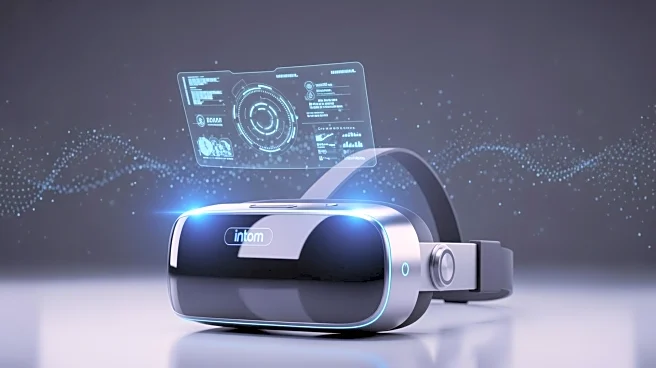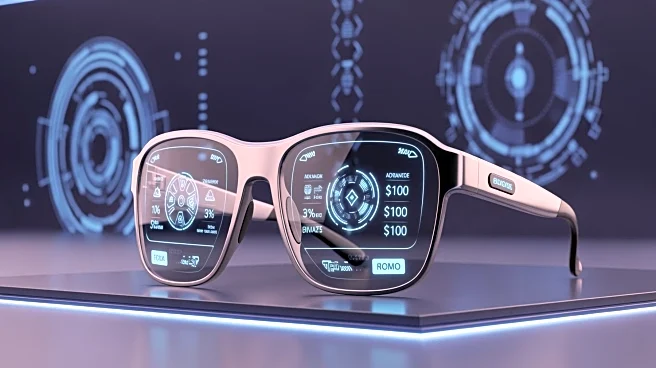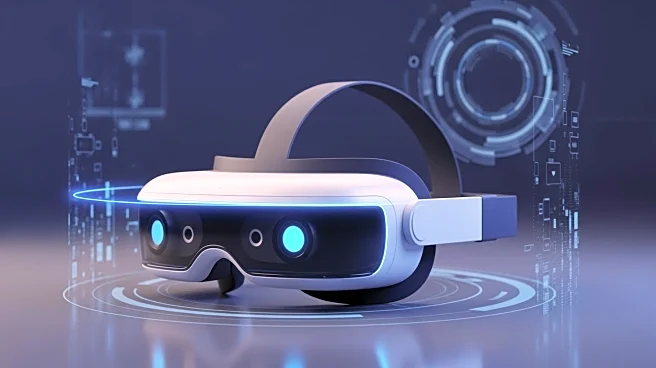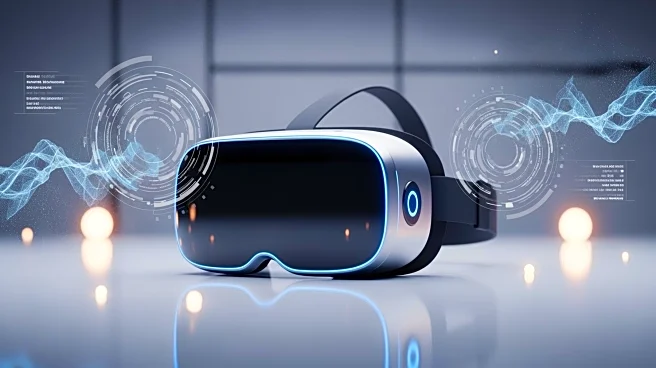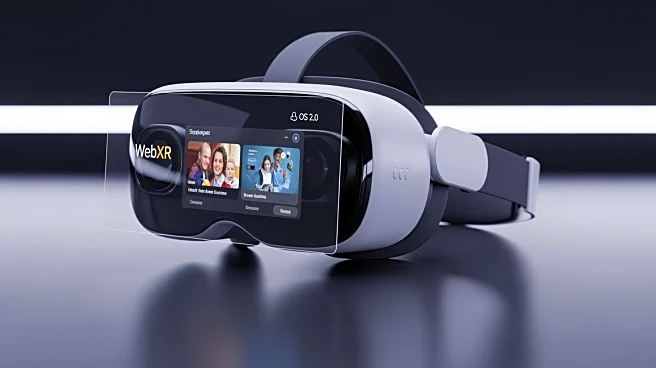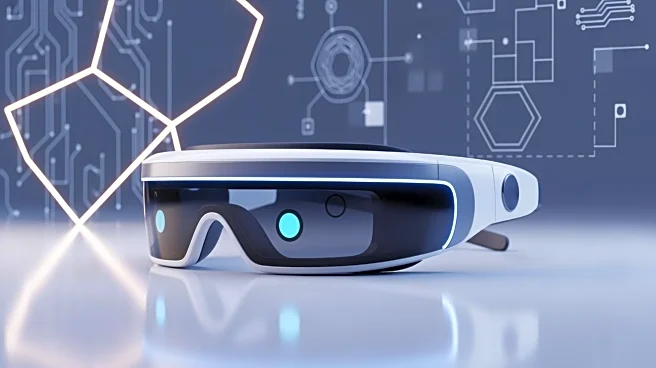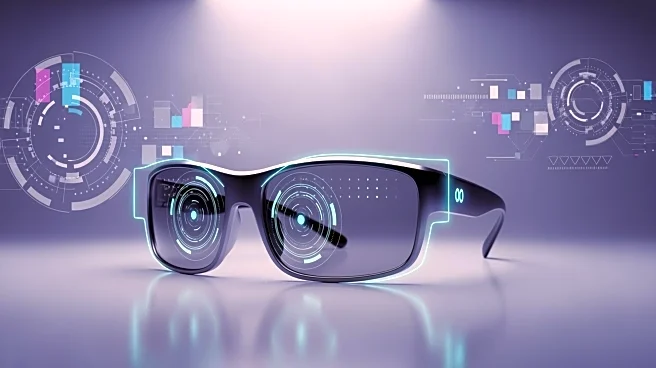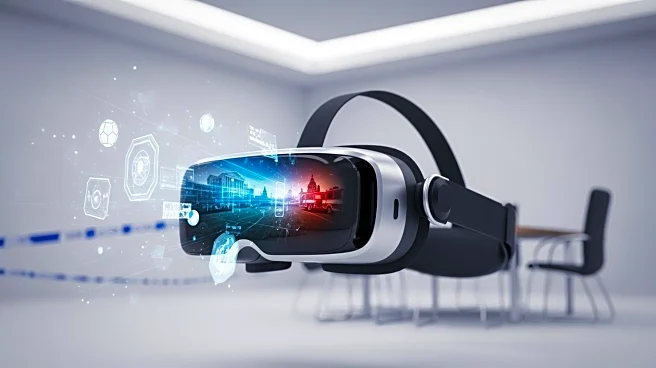What's Happening?
In 2025, significant shifts in augmented reality (AR) products have been announced by major tech companies, indicating a move towards broader consumer adoption. Snap has introduced Snap OS 2.0, featuring a native WebXR browser to facilitate web-based
AR experiences. Meanwhile, Meta has unveiled a new prototype of smart glasses equipped with a display and wrist controller. These developments are expected to influence app development and consumer engagement with AR technology, as companies aim to make AR more accessible and integrated into daily life.
Why It's Important?
The advancements in AR technology by companies like Snap and Meta are crucial as they pave the way for more widespread use of AR in everyday applications. By lowering the barriers for developers through tools like Snap's WebXR browser, there is potential for a surge in AR content creation and innovation. This could lead to new consumer habits and increased demand for AR-enabled devices. The focus on making AR technology more wearable and user-friendly also suggests a shift towards integrating AR into routine activities, potentially transforming how users interact with digital content.
What's Next?
As these AR technologies continue to develop, consumers can expect more lightweight and user-friendly AR devices to enter the market. Snap's plan to release consumer-grade Spectacles in 2026 indicates a shift from developer-focused products to those aimed at general consumers. Developers are likely to prioritize creating AR experiences that transition seamlessly from mobile devices to wearable technology. This evolution in AR could lead to new applications and use cases, further embedding AR into various aspects of daily life.
